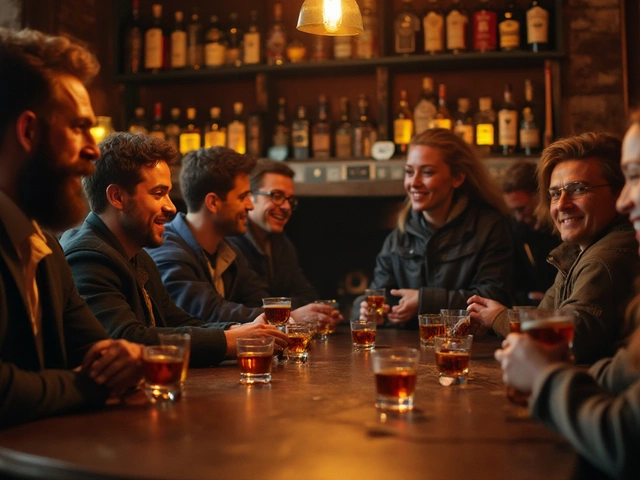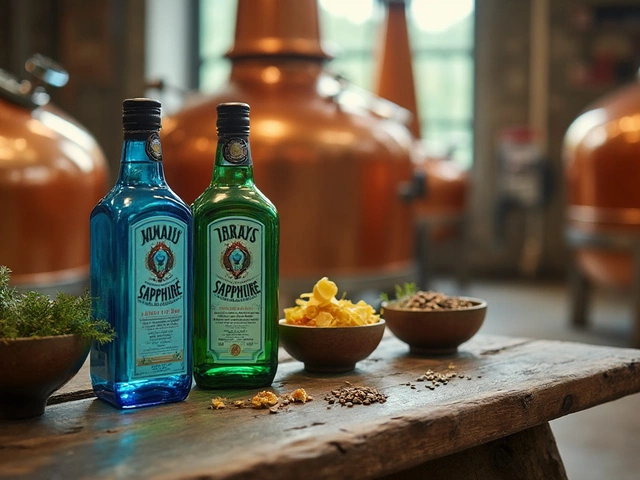Vintage Spirits Guide – Find, Store and Enjoy Aged Liquor
If you love a good story in a glass, vintage spirits are where the magic happens. These are drinks that have spent years, sometimes decades, maturing in barrels or bottles. The result is deeper flavor, smoother mouthfeel, and a sense of history you can taste. Below you’ll get straight‑forward tips on spotting real vintage, keeping it safe, and sipping it like a pro.
How to Spot a True Vintage Spirit
First, check the label. Look for a clear bottling year or a statement like “aged 12 years.” If the label only says “aged,” dig a little deeper. Most reputable distilleries list the exact age because it’s a selling point. Next, examine the bottle. Vintage bottles are often heavier glass and may have a wax seal or foil that’s slightly browned – a sign they’ve been stored for a while.
Don’t trust the price alone. Some newer releases are marketed as “vintage style” but haven’t actually rested long enough. Compare the price with known benchmarks: a 10‑year whisky from a major brand usually costs more than a 3‑year version. Finally, trust your nose. A genuine vintage will give off subtle aromas – dried fruit, leather, old wood – rather than just fresh grain or citrus.
Storing Vintage Spirits the Right Way
Once you’ve got a bottle, keep it upright. Unlike wine, spirits don’t need horizontal storage; standing up prevents the cork from soaking and thinning out. Store the bottle in a cool, dark place – a pantry or a cabinet works fine. Temperature swings are the enemy; aim for a steady 15‑20 °C (59‑68 °F). Avoid direct sunlight; UV light can break down flavor compounds over time.
If you have a collection you plan to keep for years, consider a dedicated spirit cabinet with a humidity gauge. While spirits aren’t as sensitive as wine, low humidity can dry out the cork, letting air in. A simple trick is to wrap the cork in a thin piece of food‑grade plastic wrap to add a tiny barrier.
When you finally open a vintage bottle, give it a little breathing time. Pour a splash into a glass and let it sit for a minute or two. Swirling releases aromatics that were locked in. Use a nosing glass – a small, tulip‑shaped glass works best – so the aromas stay concentrated.
Now that you know how to pick and store, here are a few quick pairing ideas. A 12‑year bourbon pairs beautifully with dark chocolate or smoked meat. A 15‑year single malt whisky loves a cheese plate featuring sharp cheddar or blue cheese. And a well‑aged rum can turn tropical fruit desserts into a decadent treat.
Remember, vintage spirits are not about bragging; they’re about enjoying a piece of history. Treat each bottle with respect, and you’ll get a drinking experience that’s richer than any fresh spirit. Happy sipping!
Discover whether you can drink 100-year-old gin, as we delve into the fascinating journey of this timeless spirit. Explore the history, preservation methods, and unique attributes of vintage gin that has stood the test of time. We'll unravel what makes it safe or risky to taste this century-old treasure. Learn insights and tips from gin distillery experts to better understand the enigmatic world of aged spirits.
View Details

